Ugly Bug: SQL Server Online Index Rebuild sometimes happens offline without warning
I found a nasty bug in SQL Server and Azure SQL Managed Instance recently: sometimes an “online” index rebuild of a disk-based rowstore clustered index (basically a normal, everyday table) isn’t actually “online”. In fact, it’s very OFFLINE, and it blocks both read and write queries against the table for long periods.
If you manage to make it through a rebuild successfully, the problem goes away for future rebuilds of that clustered index – likely leaving you bruised and bewildered.


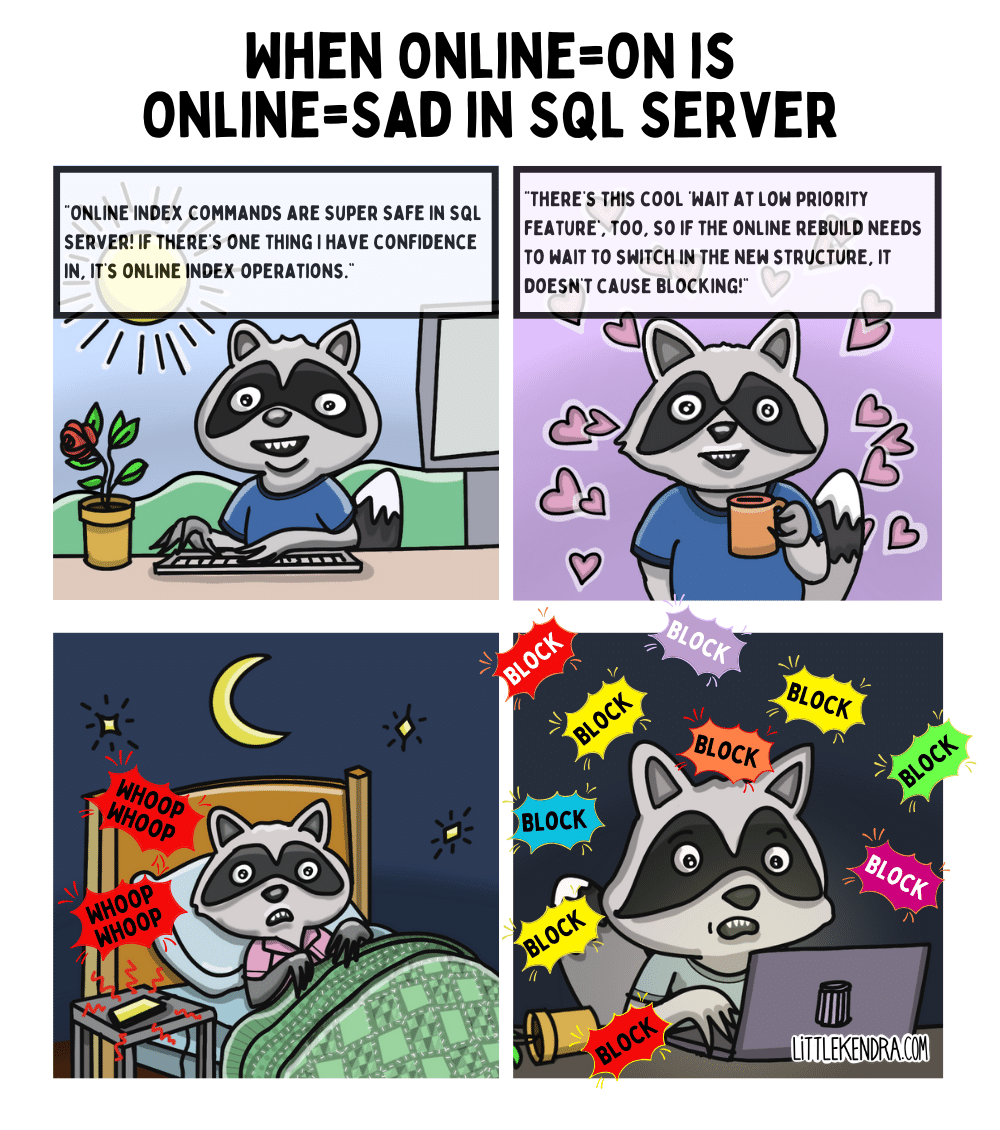
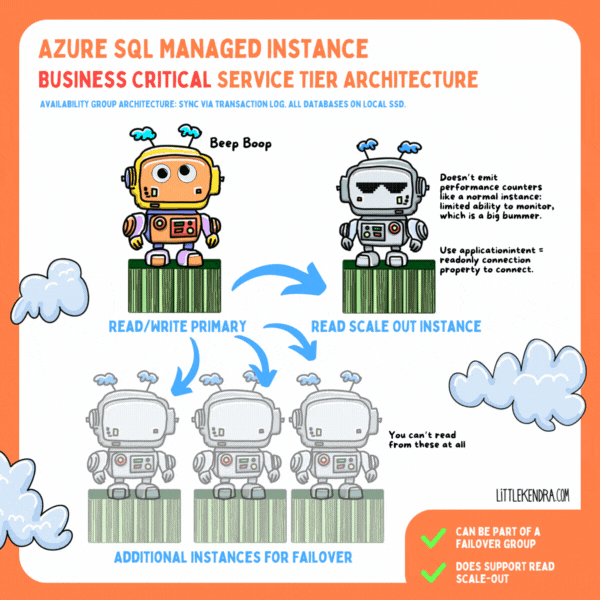
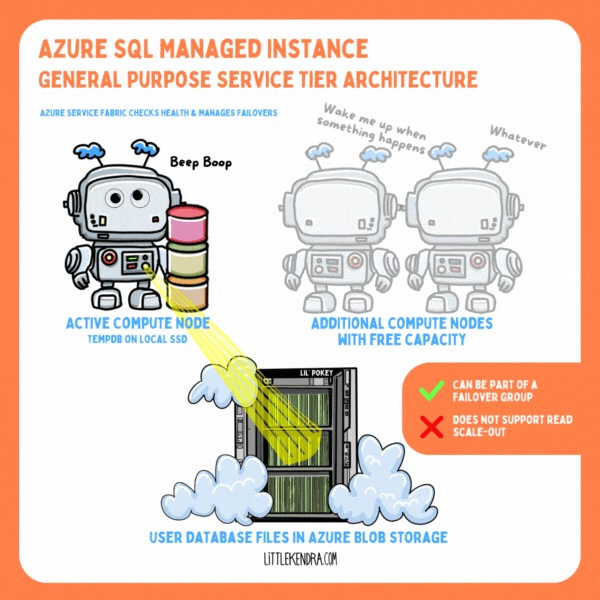
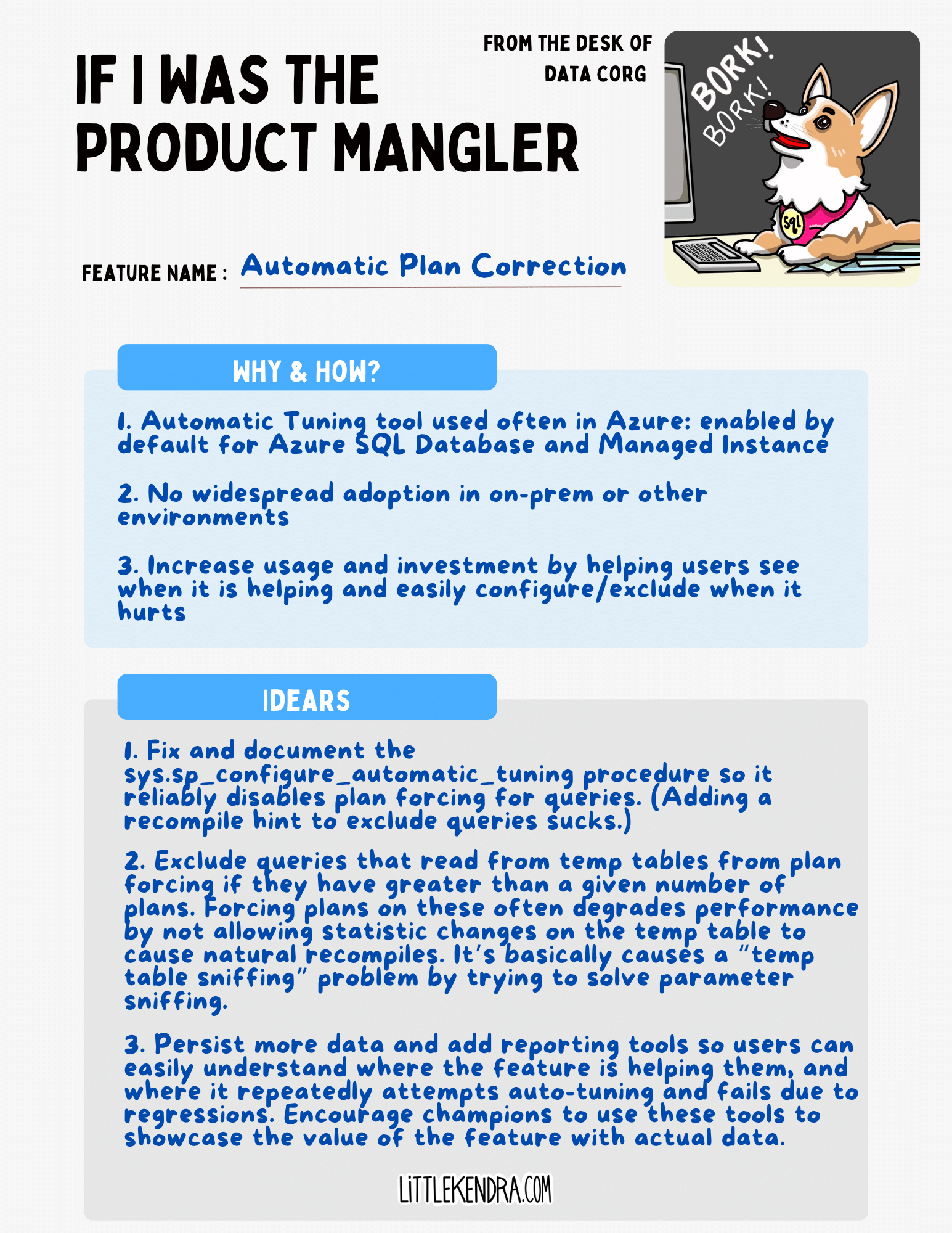





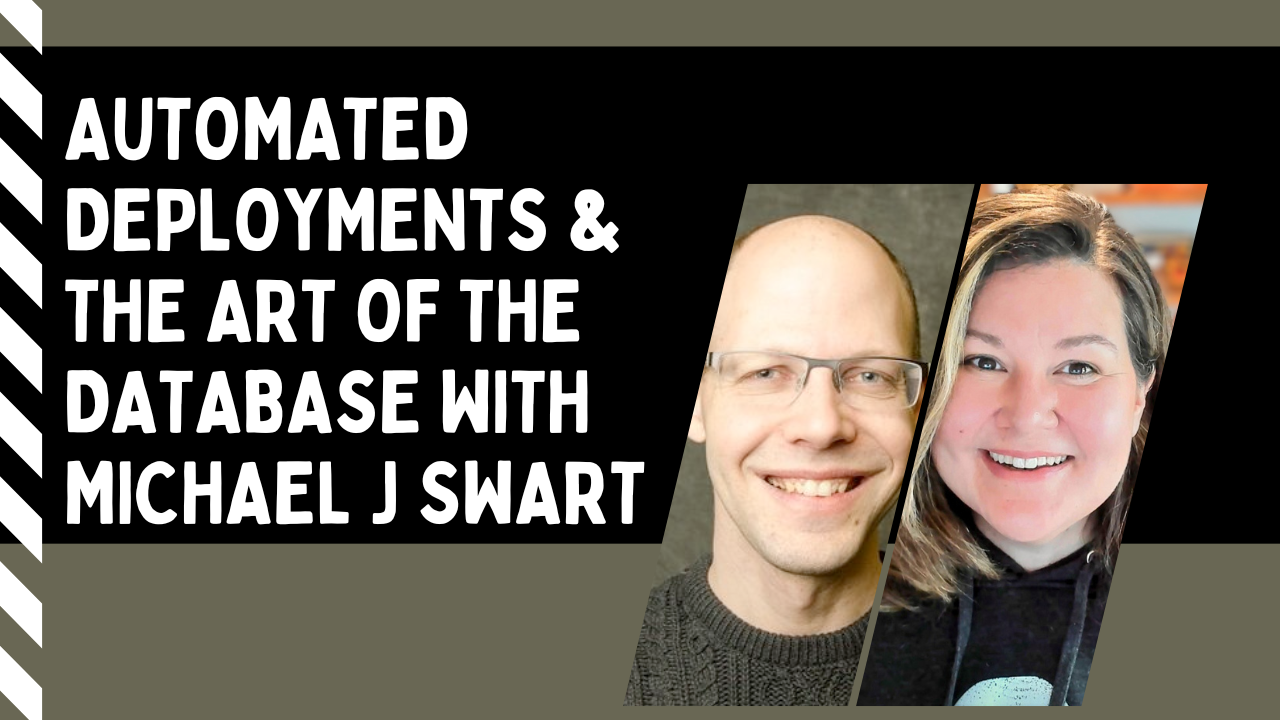
 REGISTER
REGISTER